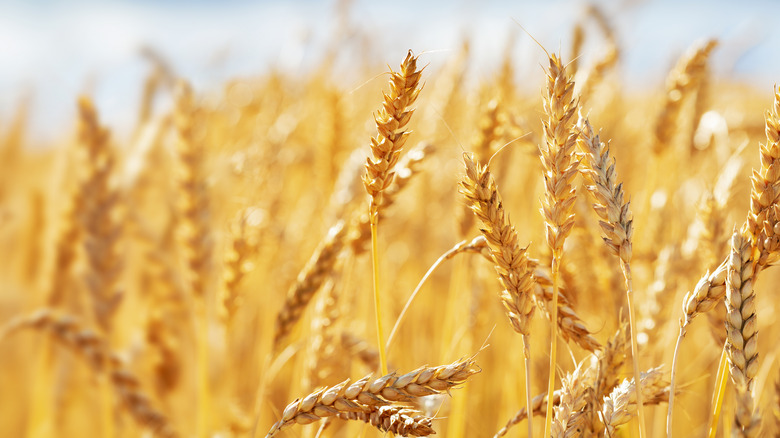New Study Reveals Why Ending World Hunger Probably Won't Happen Soon
When the United Nations set its Sustainable Development Goals for the 21st century, it had hoped to eradicate world hunger by 2030. Unfortunately, not only are we on track to failing to meet that goal, but thanks to a number of factors like the COVID-19 pandemic and high food costs, food security among the world's most vulnerable has deteriorated even further. As a result, the UN estimates that between 720 and 811 million people went hungry in 2020 — that's an increase of up to 161 million people between 2019 and 2020 alone.
Even if we were to look at factors like climate change and its impact on agriculture, the situation doesn't have to be this way, simply because those of us that can afford it end up wasting food and plenty of it. The UN's Food and Agriculture Organization points out that a staggering amount of food is wasted every year — 1.6 billion metric tons in fact, with most of it ending up in landfills. And because waste is hardly composted, wasted food ends up producing methane, whose carbon footprint is set as 3.3 billion metric tons every year.
The world's crops are being used for other purposes besides food
Knowing about the situation isn't likely to keep it from happening. In a piece for The Conversation, University of Minnesota's Senior Scientist Deepak Ray warns that by 2030 — the same year global hunger was meant to be a thing of the past — only 29% of 10 types of edible crops grown around the world will be earmarked to feed people with. These crops, include barley, cassava, maize (corn),, rice, sorghum, soybean, oil palm, rapeseed (canola), wheat, and sugar cane; Together Ray and his team say they make up 83% of "the world's harvested calories," per Nature.
And it isn't because we are growing less. Ray writes that science and research have given agriculture so much of a boost that farms today have bumped up calorie production of these 10 grains by more than 200% between the 1960s and 2010s. Unfortunately, most of those harvests are being used in processing, to make biofuels like the E15 needed to power America this summer, or as livestock feed.
Millions have been left without enough to eat
The consequence of this continued shift in the use of crops from nutrition to industry will be devastating. Data crunched by Ray and his team show that 48 countries around the world located in Africa, Asia, and the Caribbean will not be able to grow enough food to eat (via The Conversation). In a recent tweet, the World Food Program identified 10 countries and territories whose people lived in states of crisis — and emergency — levels of food insecurity. These include the Democratic Republic of the Congo, Afghanistan, Ethiopia, Yemen, Nigeria, South Sudan, Syria, Sudan, Pakistan, and Haiti. It is perhaps unsurprising that these regions are also gripped by conflict and political instability, per Crisis Group.
Ray and his fellow authors do not leave readers in despair. Instead, they use the study to implore wealthier nations to alter what they call "crop yield gaps" by raising more crops to feed, instead of to power industry. Failing to do this will not just result in a failure to meet a stated development goal, it could have real-world implications for millions who live in hunger.


